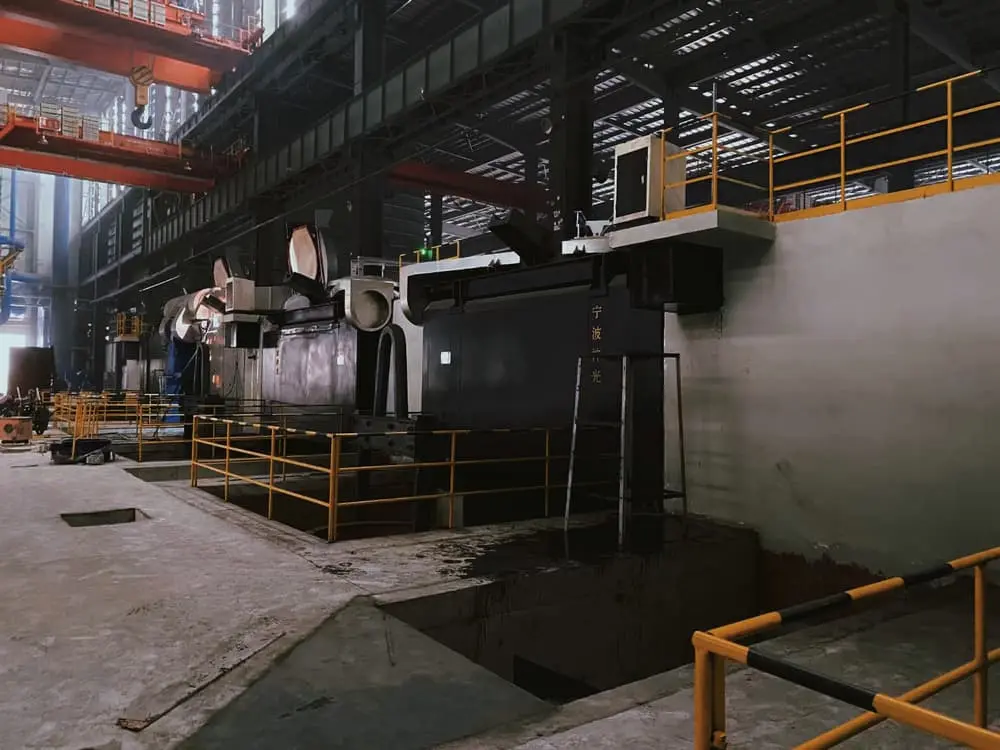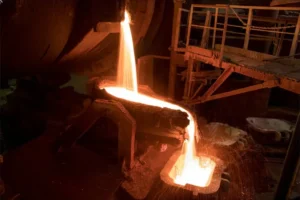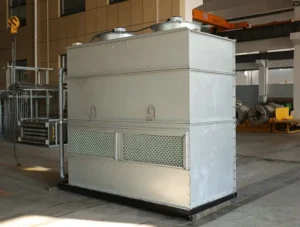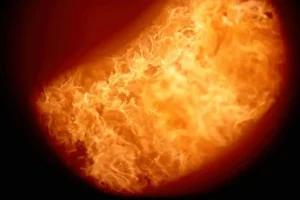Покупка индукционной печи - это больше, чем простое приобретение оборудования; это долгосрочные инвестиции, влияющие на эффективность производства, эксплуатационные расходы, и качество конечного продукта. Ценовые предложения на индукционные печи могут существенно различаться., обусловлено сочетанием сложных факторов. Тщательное понимание этих ключевых элементов поможет вам более точно оценить свой бюджет и выбрать оборудование, которое наилучшим образом соответствует вашим потребностям..

Пять основополагающих элементов, определяющих цену
1. Бренд и производитель: Ценность репутации и технологий
Известный бренд обычно означает более надежную работу оборудования., более длительный срок службы, зрелая техническая поддержка, и комплексное послепродажное обслуживание. Ведущие отечественные и международные бренды придерживаются строгих стандартов в дизайне., выбор материала, и производственные процессы. Хотя их первоначальные инвестиции выше, долгосрочные преимущества в операционной стабильности, низкие показатели отказов, и высокая эффективность очевидна. В отличие, некоторые новые или региональные бренды могут быть более привлекательными по цене, но крайне важно тщательно изучить их технические возможности, тематические исследования клиентов, и репутация на рынке перед покупкой.
2. Емкость (Тоннаж) и власть (кВт): Прямая связь между масштабом и эффективностью
Это два наиболее прямых фактора, влияющих на цену индукционной печи..
- Емкость (Тоннаж): Это относится к весу металла, который печь может расплавить за одну партию.. Большая мощность требует соответственно более прочного корпуса печи., более прочные огнеупорные материалы, и усовершенствованные гидравлические системы, естественно, приводит к увеличению производственных затрат. Предприятиям необходимо определить соответствующий тоннаж на основе своих требований к объему производства..
- Власть (кВт): Это отражает способность плавления и скорость оборудования.. Система питания высокой мощности (например, источник питания транзистора IGBT) может обеспечить более высокую скорость нагрева и сократить производственные циклы, но и себестоимость его производства выше. Выбор мощности должен соответствовать мощности для достижения оптимального коэффициента энергоэффективности.. В целом, тем больше емкость и мощность, тем выше базовая цена оборудования.
3. Рабочая частота (Гц): Изысканный выбор для различных приложений
Рабочая частота индукционной печи определяет глубину проникновения электрического тока в шихту., напрямую влияет на эффективность плавки и ее пригодность для различных сценариев.
- Частота мощности (50/60 Гц): Особенности глубокого проникновения, подходит для плавки больших объемов.
- Средняя частота (150 Гц – 10 кГц): Сегодня это наиболее широко используемый диапазон частот., баланс скорости плавления и перемешивающего действия, что делает его пригодным для объемов от нескольких сотен килограммов до нескольких десятков тонн..
- Высокая частота (Выше 10 кГц): Имеет небольшую глубину проникновения и в основном используется для небольших масштабов., прецизионное плавление, пайка, закалка, и термическая обработка.
Технология и сложность блоков питания для разных частот различаются.. Технология среднечастотного источника питания является зрелой и широко применяется., тогда как высокочастотные или сверхвысокочастотные системы для специализированных приложений имеют более высокие технические барьеры и соответствующие затраты.
4. Уровень автоматизации: Скачок стоимости от ручного к интеллектуальному
Степень автоматизации современных индукционных печей является еще одной важной переменной, влияющей на цену..
- Базовая конфигурация: Может включать только базовую ручную или полуавтоматическую систему управления., требующие значительного вмешательства оператора.
- Середина Автоматизация: Включает такие функции, как ПЛК (Программируемый логический контроллер) автоматическое управление, автоматические сигналы тревоги, и точный контроль температуры, что значительно повышает удобство и безопасность эксплуатации.
- Высокая автоматизация/интеллект: Интегрирует интеллектуальную систему с такими функциями, как автоматическое кормление., автоматическое измерение температуры, база данных экспертов по процессам плавки, и удаленный мониторинг и диагностика. Это сводит к минимуму человеческую ошибку, оптимизирует потребление энергии, и обеспечивает отслеживание и управление производственными данными. Чем выше уровень автоматизации, тем больше первоначальные инвестиции в оборудование и программное обеспечение.
Дополнительные возможности для повышения производительности и удовлетворения конкретных потребностей
В дополнение к основным элементам, указанным выше, ряд дополнительных функций и вспомогательного оборудования также окажет существенное влияние на итоговое предложение..
- Система наклона: Гидравлический наклон является стандартной функцией современных индукционных печей среднего и большого размера.. Метод привода (одиночные или двойные гидравлические цилиндры), стабильность, и дизайн безопасности - все это влияет на стоимость. Более совершенные системы наклона обеспечивают более плавный и точный контроль разлива..
- Сбор пыли и Относящийся к окружающей среде Система: Со все более строгими экологическими нормами, эффективная система сбора пыли стала необходимой. Конструкция пылезащитного колпака (например, ротари, навес), тип пылесборника (например, рукавный фильтр, картридж), и объем обрабатываемого воздуха являются важными компонентами затрат.. Полная экологическая система, отвечающая стандартам выбросов, представляет собой значительные инвестиции..
- Система охлаждения: Шкаф электропитания, конденсаторы, и индукционная катушка печи требуют стабильного и эффективного охлаждения.. По сравнению с открытыми системами охлаждения, градирни замкнутого цикла, хотя первоначальная стоимость выше, обеспечить более чистую охлаждающую воду, снизить риск масштабирования оборудования, и снижение затрат на долгосрочное обслуживание.
- Футеровочные материалы и инструменты для трамбовки: Материал (например, кремнезем, глинозем) Качество футеровки печи напрямую связано с безопасностью и сроком службы печи.. Качественные огнеупорные материалы стоят дороже.. Вспомогательные инструменты, такие как автоматические трамбовки крепи и системы выталкивания, также увеличивают общий объем инвестиций..
В итоге, цена индукционной печи — это составная цифра, определяемая множеством факторов. При принятии инвестиционного решения, компании должны принять долгосрочную перспективу, всесторонне оценить свои производственные потребности, бюджетные ограничения, Экологические требования, и ожидания в отношении автоматизации и эффективности. Вместо того, чтобы стремиться только к самой низкой цене, выгоднее выбрать надежного поставщика с соответствующими технологиями и отличным сервисом., участвовать в углубленных технических дискуссиях, и разработаем индивидуальное решение, обеспечивающее максимальную отдачу от инвестиций.







